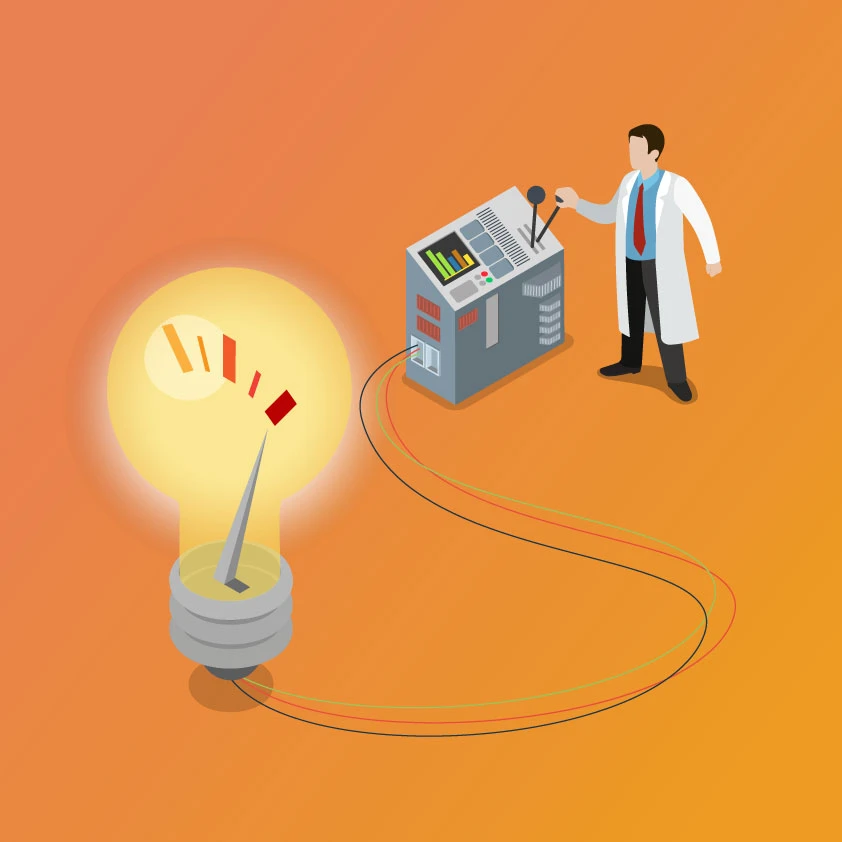In contemporary society, energy conservation is a must-do, and it has stayed in scientific laboratories. Many machines and equipment are in life science laboratories, most of which are power guzzlers. The use of energy-efficient equipment is also considered not only in minimizing expenses for operating costs but also in preserving the environment. Now it’s time to consider what you can do to specify lab machines that would be energy efficient and environmentally friendly and provide the highest performance.
The Facts About Energy Efficiency and Why It Has to Be Addressed
It is, therefore, essential to define energy efficiency before you get down to assessing lab equipment. Labs use equipment that may be on 24/7, so they use a lot of energy. Selecting energy-efficient options will ensure that electric usage is significantly minimized, thus contributing to your laboratory’s conservation of the environment. Also, energy-efficient equipment has been known to spend less on operation costs, which would greatly help any laboratory’s budget.
Choosing Energy-Efficient Lab Equipment
1. Look for ENERGY STAR® Ratings
One of the easiest ways to ensure you choose energy-efficient equipment is to look for the ENERGY STAR® label. This certification indicates that the equipment meets strict energy efficiency guidelines the U.S. Environmental Protection Agency set. For example, lab refrigerators, freezers, and specific chemical fume hoods can carry this label. ENERGY STAR® certified equipment uses less energy than standard models, helping you save on utility bills while reducing environmental impact.
2. Opt for Modern Technology
Modern lab equipment often incorporates advanced technologies designed to improve energy efficiency. For instance, newer laminar airflow systems and safety cabinets are designed with energy-saving features that reduce power consumption. Look for equipment with variable-speed drives or energy-saving modes that automatically adjust power usage based on the lab’s needs. This way, you’ll invest in machines that save energy and adapt to your specific usage patterns.
3. Prioritize Multi-Functionality
When selecting lab equipment, consider models that offer multiple functions in one unit. Multi-functional machines can handle several tasks that would otherwise require multiple devices. For example, a lab bench integrating several analytical tools can reduce the need for separate, energy-consuming instruments. This saves space and cuts down on the total amount of energy your lab uses.
Here, we can distinguish and assess specific lab equipment types.
1. Chemical Storage Cabinets
Heat-trapping in chemical storage may only occur to us after security comes first, but there are currently more energy-efficient chemical storage cabinets. Choose the insulated ones to reduce the required cooling factor of the room from which it comes. Proper insulation enables the right temperature to be maintained with less power, making your lab safe and cost-effective.
2. Laminar Air Flow Systems
Laminar air flow systems are necessary to maintain adequate sterility and, at the same time, can consume considerable energy. To select an energy-efficient model, one should compare filters and their efficiency: go for such systems that use HEPA filters for regular cleaning without additional replacements. There are models with some features, such as the fan’s speed, or in some cases, the models switch off when there is no activity being performed on them, which goes a long way in saving power.
3. Chemical Fume Hoods
Chemical fume hoods are critical to the safety of personnel in the laboratory but often are high-energy users. For enhancing energy efficiency in the fume hoods, there are characteristics such as a sash position sensor, which decreases airflow rates proportional to the sash’s height. Furthermore, energy-efficient fume hoods with an advanced control system that controls the airflow are also beneficial in conserving energy and ensuring the safety of the employees.
Maintaining Energy Efficiency
When it comes to energy efficient equipment, after you have purchased it and installed it, you then need to ensure that the equipment works efficiently all the time and this is through proper maintenance. Other requirements include washing filters, checking the presence of leaks, and other routine maintenance activities to keep the equipments in their best shape. Besides, training the lab personnel to switch off the lab equipment that is not in use goes a long way in improving the energy efficiency of your lab.
Conclusion
It is always desirable to opt for energy efficient lab equipment as the long-term expenses would be lower this way as well as lessening the impact of the environment. If you search for ENERGY STAR® rated products, utilize the benefits of the modern technique, and aim at multiple functionality, you can reduce the energy consuming rate of a laboratory dramatically. To get down to the brass tacks, let’s look at types of equipment, starting from chemical storage cabinets, laminar airflow systems, chemical fume hoods, etc, to understand how to make the lab a sustainable and less costly place.
This article provides further tips for how energy-efficient ideas can be incorporated into your lab design. Yet again, it seems vital to stress that every tiny effort counts. Therefore, by adapting these practices, you do not only enhance your lab’s productivity, but you also lead to the change the scientists require. You are welcome to go ahead and make all the smart choices and set the pace for a better, environmentally friendly life science future!


